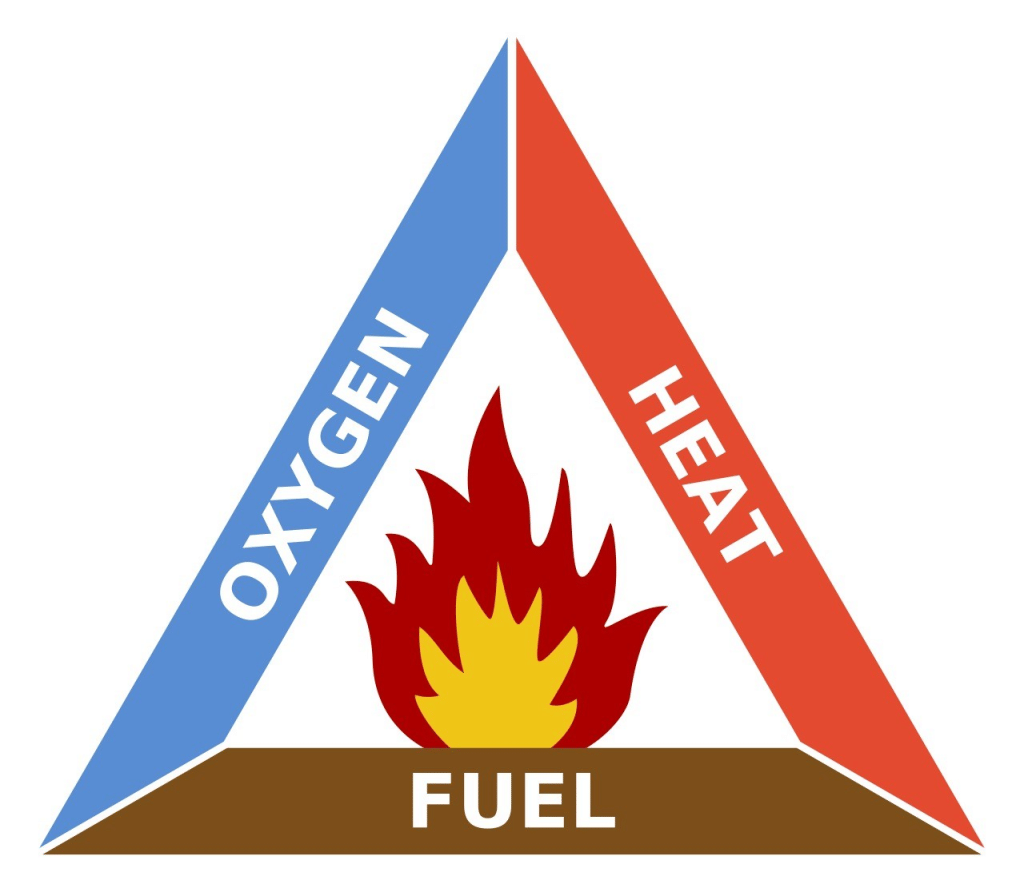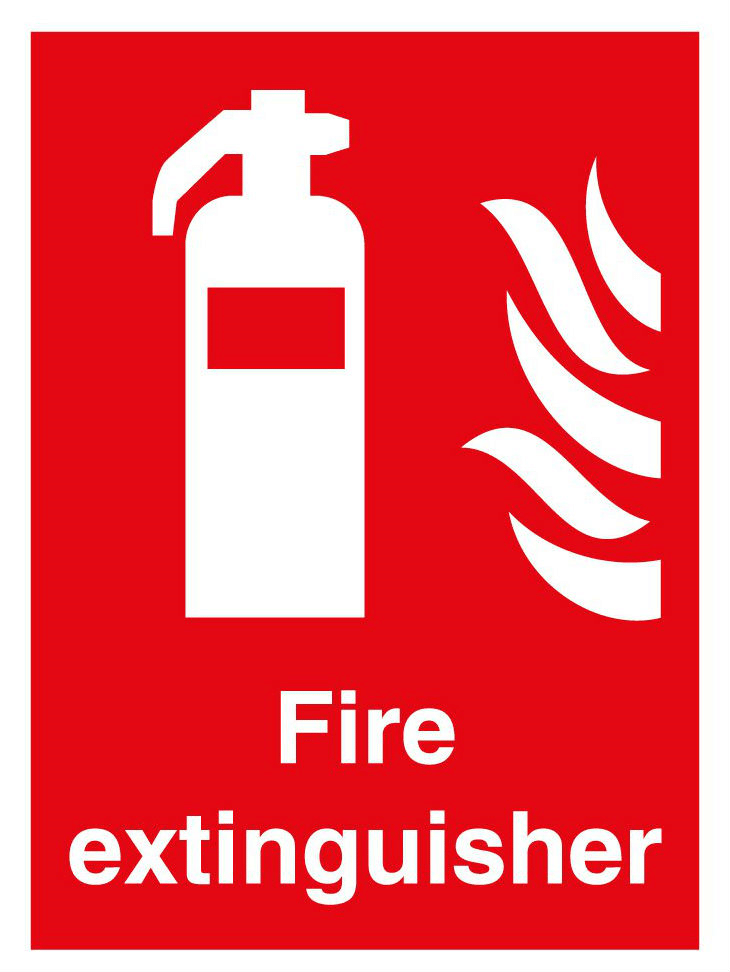Combustion and Flame Notes - Class 8 PDF Download
Combustion & flame notes?
Ref: https://edurev.in/question/699194/Combustion-flame-notes-
Combustion and Flame
Combustion
Process of giving off heat by a substance after reaction with oxygen is called combustion. Sometimes, in the process of combustion, light is also given off along with heat. Combustion is a chemical process. For example; when petrol, LPG, kerosene, etc. reacts with oxygen, they give off heat.

Combustible Substance
Substances which go under combustion are known as combustible substances. Combustible substances are also known as fuel. For example; wood, charcoal, LPG, kerosene, petrol, diesel, etc.
Ignition Temperature:
Ignition temperature is the lowest temperature at which a substance catches fire. Ignition temperature is different for different substances. For example; LPG, petrol, natural gas, etc. catch fire at very low temperature and thus have low ignition temperature, while wood, coal, etc. have high ignition temperature.
Conditions for combustion
There are three conditions necessary for combustion: -
(a) Fuel – Fuel is the substance which undergoes combustion.
(b) Supply of air – Oxygen helps in combustion. Air contains about 29% of oxygen, thus supply of air makes the oxygen available which helps in combustion. Without oxygen, combustion will not take place.
(c) Ignition temperature – For catching fire, a combustible substance must reach its ignition temperature. If a combustible substance does not reach at or above its ignition temperature, it will not catch fire and combustion will not take place.
Thus, above three conditions are necessary for combustion to take place. If any one of the three will not be available, combustion will not take place.
Inflammable substance
Substances which catch fire at very low temperature and burn with flame are called inflammable substances. For example; LPG, Petrol, Spirit, etc.
Controlling the Fire – Fire extinguisher
Many a time; homes, forest, shops, etc. catch fire. In such cases, it becomes necessary to put off the fire otherwise it may cause huge monetary loss and loss of lives. Fire Brigade or Firemen are experts in controlling fire by using fire extinguisher.
To extinguish fire, at least any one out of three essential conditions for combustion must be removed. Supply of fuel, supply of air and ignition temperature; are the three essential conditions for combustion.
In case of fire in a building, the whole building becomes fuel. It is not possible to cut off the supply of fuel. Thus, firemen try to cut off air supply and or bring down the temperature of combustible material below their ignition temperature.

Fire extinguisher:
Water is one of the best, cheapest and oldest fire extinguishers. By pouring water over the combustible material, the temperature can be cooled down. Cooling down brings the combustible materials below their ignition temperature. In addition to this, water vapour surrounds the combustible material which stops the supply of air. Removal of these two conditions puts off the fire.
This is the cause that firemen generally pour water over the materials which have caught fire.
Controlling fire when electrical equipment is on fire: Water is not suitable in the case when electrical equipment or oil catches the fire. In the case of electrical equipment on fire, pouring water over them may prove disastrous because normal water is a good conductor of electricity. It may conduct electricity and can harm the persons who are trying to control the fire.
Controlling fire in the case of oil, petrol, etc.: Water is heavier than oil. So when water is poured over oil; oil comes on top and keeps on burning.
Carbon dioxide as fire extinguisher: Carbon dioxide does not support combustion and hence is considered as the best fire extinguisher.
Carbon dioxide is heavier than air and hence covers the material which is burning. By covering the material, supply of oxygen is stopped. This puts off the further combustion and fire is controlled.
Under high pressure, carbon dioxide liquefies and takes less space because of compression. Liquid carbon dioxide is stored in cylinders. A nozzle is attached with cylinder to release carbon dioxide. When nozzle is opened, carbon dioxide starts coming out from the cylinder because of high pressure. It expands and covers the combustible materials as blanket. This cuts off the supply of oxygen to the combustible materials. Because of expansion, the temperature of carbon dioxide decreases which decrease the temperature and brings down the combustible material below their ignition temperature. Thus, stoppage of supply of oxygen and bringing down the temperature below the ignition temperature of combustible materials put off the fire.
Sodium bicarbonate or potassium bicarbonate as fire extinguisher: Sodium bicarbonate (baking soda) or potassium bicarbonate releases carbon dioxide on heating. Thus, when powder of sodium bicarbonate or potassium bicarbonate is spread over or near the fire, they release carbon dioxide which covers the burning materials and cuts off the supply of oxygen to them. This puts off the fire.
FAQs on Combustion and Flame Notes - Class 8
| 1. What is combustion? |  |
| 2. How does combustion occur? |  |
| 3. What are the different stages of combustion? |  |
| 4. What is the difference between complete and incomplete combustion? |  |
| 5. How are flames formed during combustion? |  |














